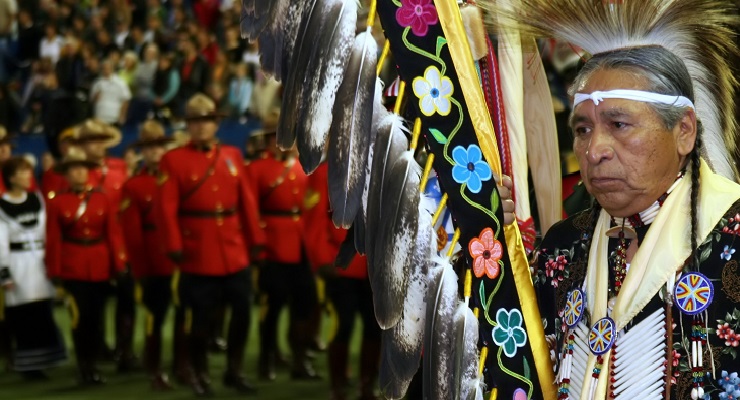From Al Jazeera:
Maskwacis is an impoverished Canadian community grappling with addiction, unemployment and suicide. Like many other indigenous reserves, it’s a place cut off from the world. There are no landlines, patchy cell service and no affordable ways to get online.
Enter Bruce Buffalo, a local young man who grew up bouncing around foster homes and in and out of jail. Having turned his own life around, he wants to give the First Nations community something millions of other Canadians take for granted: the internet.
Convinced that connectivity will open up new job and education opportunities, Bruce sets about building Maskwacis its own high-speed internet network. But with no backing, piling debt and huge technical obstacles, will Bruce succeed in bringing Maskwacis into the digital age?
Interestingly, the area had recently been renamed in 2013 “Maskwacis” meaning Bear Hills in the Cree language from its old name “Hobbema”, named after a Dutch landscape painter. The Samson Cree Nation writing from Alberta province in Canada posted this information about the name change:
The official name change to “Maskwacis” is seen as a welcome change. It signifies respect for our Cree way of life, our language and our authority over the traditional territories we have historically occupied. The Maskwacis Cree, collectively, and individually known as Samson Cree Nation, Ermineskin Cree Nation, Louis Bull Tribe and Montana First Nation, are a distinct part of the Plains Cree Nation, who have occupied a territory known as “Maskwacis” since time immemorial.
More on the name change from the informative article:
As long as Maskwacis Elders can remember, to the present day, this area has been called Maskwacis. Some of this territory would eventually be set aside for the Maskwacis Cree as reserve lands under Treaty. Today, the combined reserve land base of the Maskwacis Cree is comprised of some 319.8 square kilometers located in the area known as Maskwacis and Pigeon Lake.
Reclaiming our traditional names for Maskwacis territory, instills a sense of pride in Cree values, languages, culture and history and a sense of belonging among our Nations, especially our youth. In particular, as the bear is so significant to the history, culture and spirituality of the Plains Cree at Maskwacis.
That article also notes that the Crees of Maskwacis are known individually as:
- Neyaskwayak (the Northern treeline) or Ermineskin Cree Nation
- Kispahtinaw (the end of the hill) or Louis Bull Tribe
- Akamihk (across – the river) or Montana First Nation, and
- Nipisihkopahk (willow meadows) or Samson Cree Nation

Leave a Reply